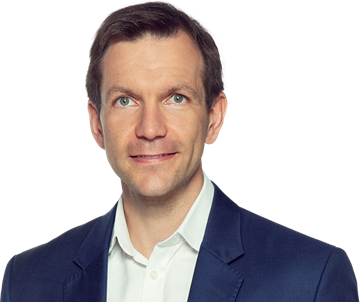The EU’s proposed AI Regulation
Who and what is subject to the AI Regulation?
The AI Regulation has a wide reach:
Actors. The AI Regulation will apply to various participants across the AI value chain, covering both public and private actors inside and outside the EU as long as the AI system is placed on the EU market or the output produced by the system (such as content, predictions, recommendations, or decisions) is in the EU. Strict requirements may apply inter alia to providers, users, end-product manufacturers, importers or distributors, depending on the risk associated with the AI system.
Broad-brush definition of AI. An AI system is defined as software that is developed with machine learning, logic- and knowledge-based or statistical approaches which can, for a given set of human-defined objectives, generate outputs such as content, predictions, recommendations, or decisions influencing the environments they interact with.
The remit of the AI Regulation goes beyond modern machine learning systems that learn to make decisions themselves, also capturing systems that operate according to hard coded rules, which have long been embedded in a wide variety of applications (from flight control to pacemakers to industrial settings). The Commission’s expansive approach means virtually all systems that currently do, or which may in future, use AI would fall within scope – from personalised pricing, advertising and feed algorithms, to connected IoT systems, self-driving cars, or applications used to support recruitment and other business processes.
Authors

Giles Pratt 合伙人
London

Dr. Christoph Werkmeister 合伙人
Düsseldorf

Sascha Schubert 合伙人
Brussels

Satya Staes Polet 合伙人
Brussels

Ben Cohen 资深律师
London

